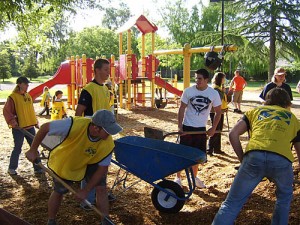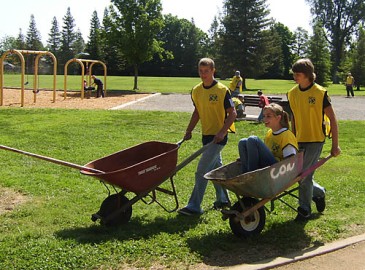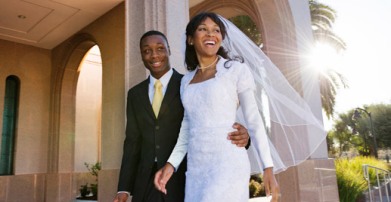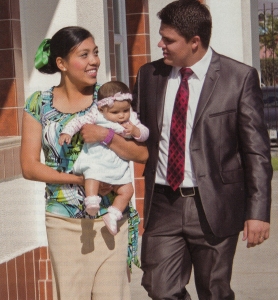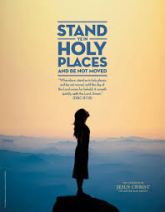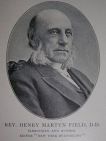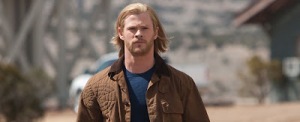Quotes on leadership that I find well-suited to Father’s Day:
Kaladin held his side, feeling the blood there. Straight laceration, only about an inch long, not wide enough to be of danger.
It was his father’s voice.
Kaladin panted. He needed to get to safety. Arrows zipped over his head, fired by the Alethi archers.
Some people take lives. Other people save lives.
He wasn’t done yet. Kaladin forced himself to his feet and staggered to where someone lay beside the bridge. It was a bridgeman named Hobber; he had an arrow through the leg. The man moaned, holding his thigh.
⁞
He checked the other two. Hobber was smiling openly. He was round-faced and lean, with a gap between his teeth and short, black hair. “Thank you,” he said. “Thank you for saving me.”
Kaladin grunted, inspecting the man’s leg. “You’ll be fine, but you won’t be able to walk for a few weeks. I’ll bring food from the mess hall for you.”
“Thank you,” Hobber whispered, taking Kaladin’s hand, clutching it. He actually seemed to be tearing up.
That smile forced back the gloom, made the aches and soreness fade. Kaladin’s father had described that kind of smile. Those smiles weren’t why Lirin had become a surgeon, but they were why he’d remained one.
⁞
“What are you up to, Kaladin?” Hobber asked just as Kaladin got a flame started.
Kaladin smiled, standing. “Have a seat.”
Hobber did just that. He hadn’t lost the near-devotion he’d shown Kaladin for saving his life. If anything, his loyalty had grown stronger.
[Quotes from Brandon Sanderson’s outstanding novel, The Way of Kings, Pages 267, 313, and 403. Yes, it’s a fantasy novel. It’s also a treatise on loyalty and leadership. Yes, everyone should read it. Try it; you’ll like it!]
I apply the above quotes to leadership of a family, quotes that hold a key to quality parenting: If you give up your life for a time to spend it parenting your kids as if parenting were a full-contact sport, then they will recognize your role in losing your life in order to save theirs. Their loyalty to you as a parent will only grow stronger as they grow to recognize your sacrifice, grow to understand it not as an intellectual exercise but as something to choose as a model for their own behavior. You will see them pay their devotion as you see them give up their own life for a time, in order to spend it parenting their own kids.
To me, the above quotes not only apply to Fathers’ Day but teach us important truths about leadership. D. Todd Christofferson teaches us more on loyalty and leadership:
I speak today of fathers. Fathers are fundamental in the divine plan of happiness, and I want to raise a voice of encouragement for those who are striving to fill well that calling. To praise and encourage fatherhood and fathers is not to shame or discount anyone. I simply focus today on the good that men can do in the highest of masculine roles—husband and father.
David Blankenhorn, the author of Fatherless America, has observed: “Today, American society is fundamentally divided and ambivalent about the fatherhood idea. Some people do not even remember it. Others are offended by it. Others, including more than a few family scholars, neglect it or disdain it. Many others are not especially opposed to it, nor are they especially committed to it. Many people wish we could act on it, but believe that our society simply no longer can or will.” [David Blankenhorn, Fatherless America: Confronting Our Most Urgent Social Problem (1995), Page 62.]
As a Church, we believe in fathers. We believe in “the ideal of the man who puts his family first.” [Blankenhorn, Fatherless America, Page 5.] We believe that “by divine design, fathers are to preside over their families in love and righteousness and are responsible to provide the necessities of life and protection for their families.” [“The Family: A Proclamation to the World”, Nov 1995 Ensign, Page 102, or Nov 2010 Liahona, Page 129.] We believe that in their complementary family duties, “fathers and mothers are obligated to help one another as equal partners.” [Family Proclamation.] We believe that far from being superfluous, fathers are unique and irreplaceable.
[D. Todd Christofferson, “Fathers”, Apr 2016 LDS General Conference.]
I agree with him.
“And now, my son, this was the ministry unto which ye were called, to declare these glad tidings unto this people, to prepare their minds; or rather … that they may prepare the minds of their children to hear the word at the time of his coming.” [Alma 39:16.]
Mike, Brian, Brendan, Kyle, Kevin, Todd, Bob, this post is for you. Thank you for helping to lead the way.
Please note that these quotes on loyalty and leadership apply equally to motherhood and fatherhood. They particularly apply to both of them in equal roles as complementary leaders, specifically as wife and husband leading together in the joint venture of parenthood.
——– End of Post ——–
Bonus Material:
Watch/download the video, “Earthly Father, Heavenly Father” at lds.org or at YouTube below:
I love the words of the narrator as we focus on his wedding ring at Time 2:53 and the kid at the door watching his parents pray at 2:34. When I walked in to see my own parents at prayer, I remember the whoosh of feelings of safety and security but mostly of sacredness.
——– End of Bonus Material ——–
WebCredits—List of web resources used in this post but not explicitly credited above:
- Photo, “Father’s Day”, from private collection
- Photo, “Family At Home In Accra, Ghana”, www. lds.org/media-library/images/family-portraits?lang=eng&start=1&end=10
- Photo, “A Father Dances With His Daughter In Their Home”, www. lds.org/media-library/images/father-daughter-dancing-1018852?lang=eng
- Photo, “Family Studying Scriptures Together”, Aug 2013 Ensign Magazine, Page 3, photo illustration by Cody Bell
- Photo, “Fathers Providing A Sacred Moment In A Holy Place”, photo by: Masood Bhat/Kashmir Headlines—kashmirheadlines.in/kashheadlines/11222013-ND-getting-ready-for-prayersa-group-of-people-making-ablution-to-perform-prayers-in-historic-jamia-masjid-srinagar-photo-by-masood-bhat-kashmir-headlines-3452.aspx
- Photo, “Father And Child Canoeing On Hampton Lake, North Carolina—A Great Way To See Fall Foliage”, www. lovethesepics.com/2013/10/ american-the-beautiful-in-autumn-peak-fall-foliage-dates-for-48-states-50-pics, photo by Watson Studios
- Photo, “Growing Old Together Amid Autumn in Seattle, Washington”, www. lovethesepics.com/2013/10/american-the-beautiful-in-autumn-peak-fall-foliage-dates-for-48-states-50-pics, photo by Rachel Sarai
——– End of WebCredits ——–



























